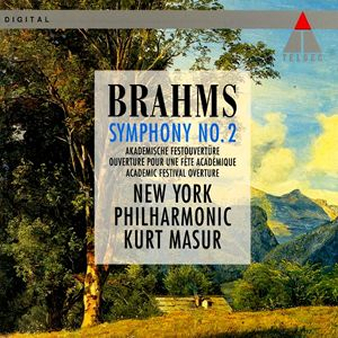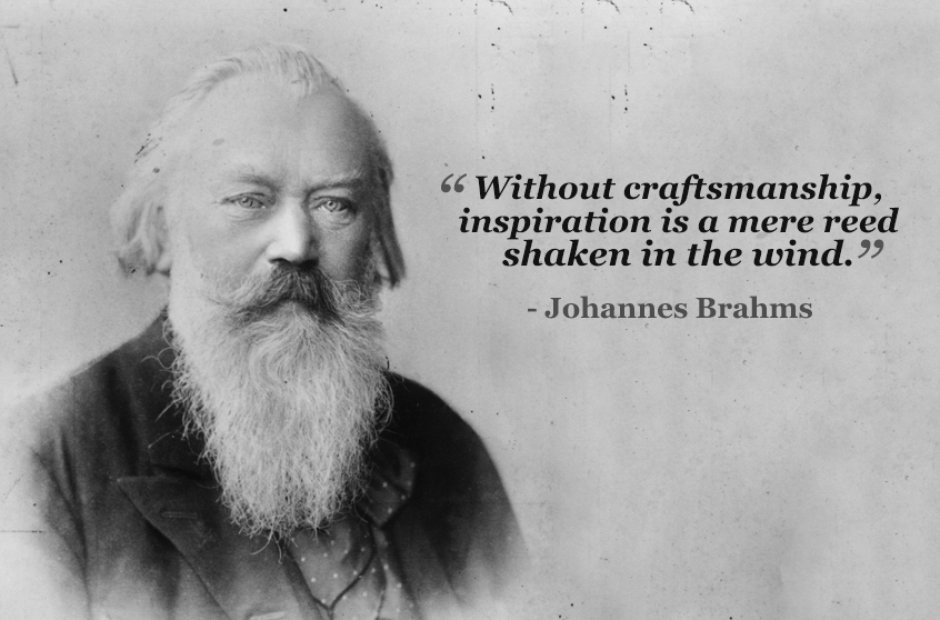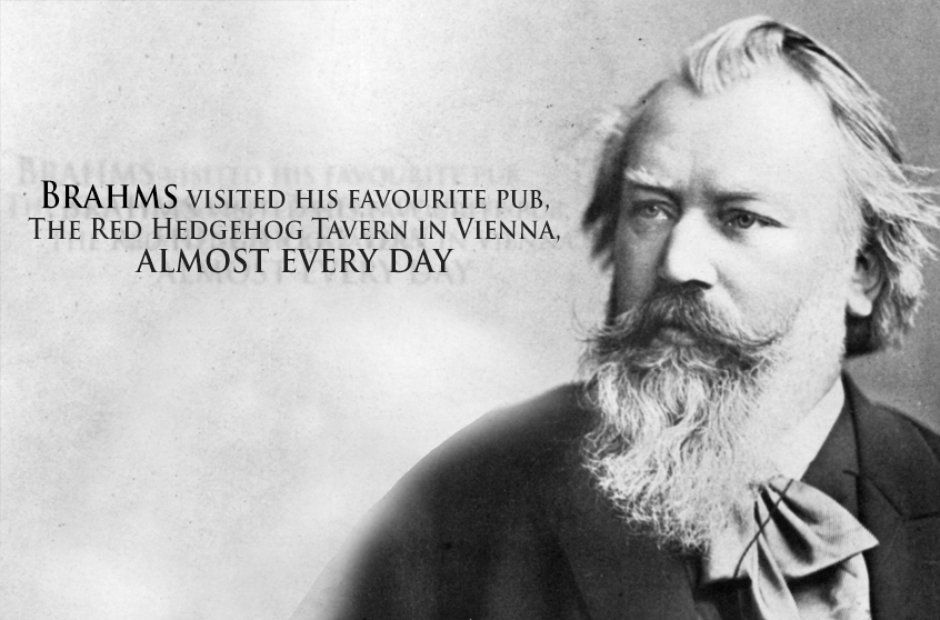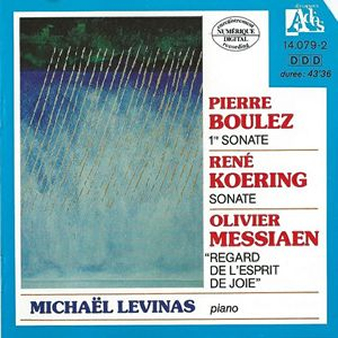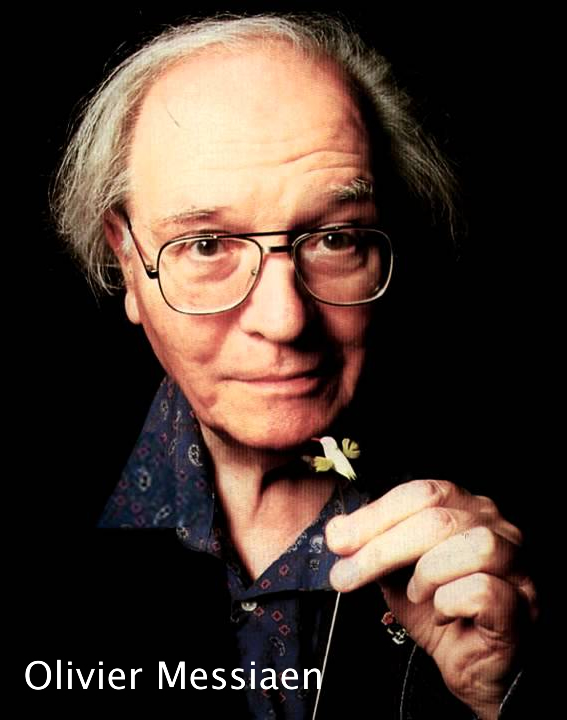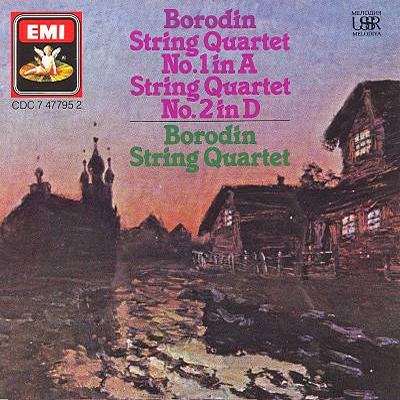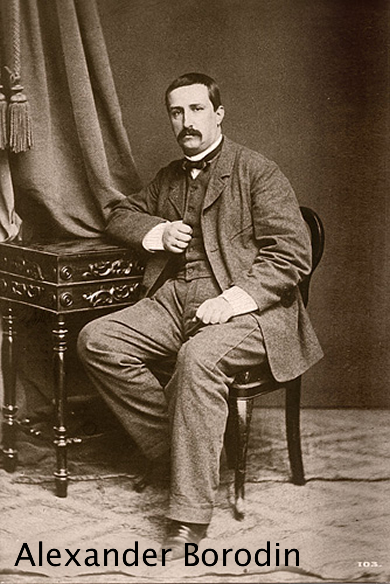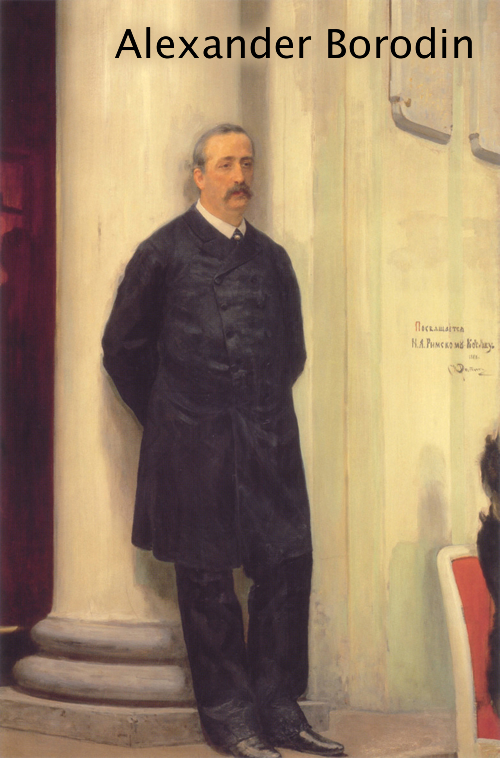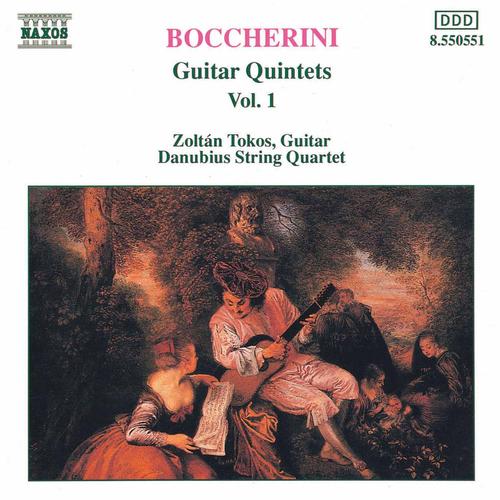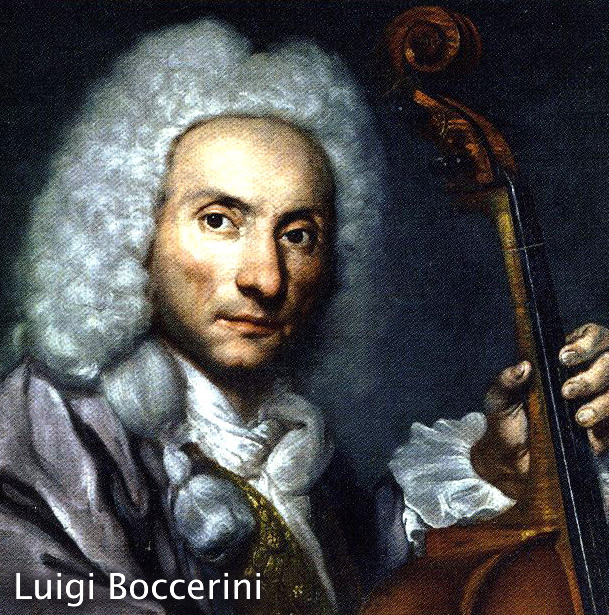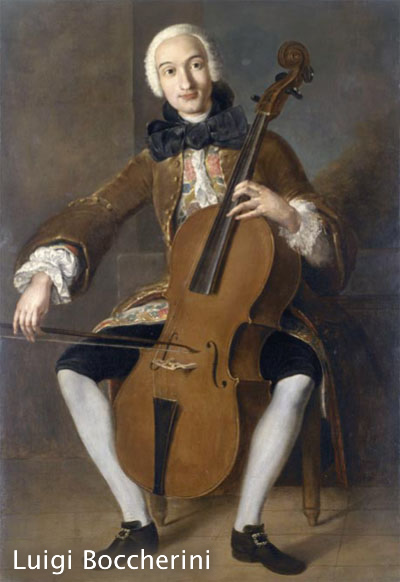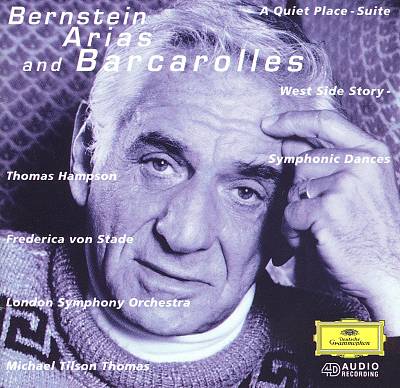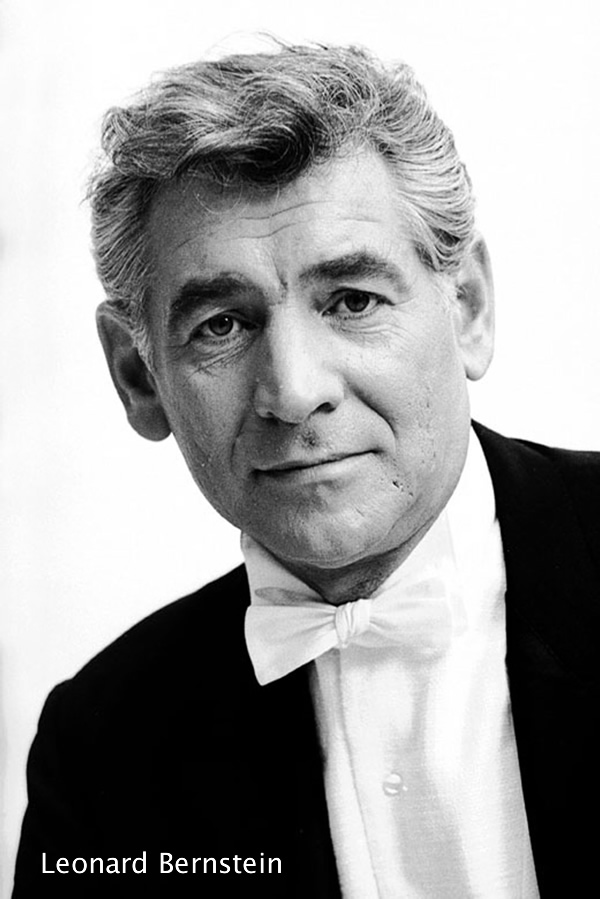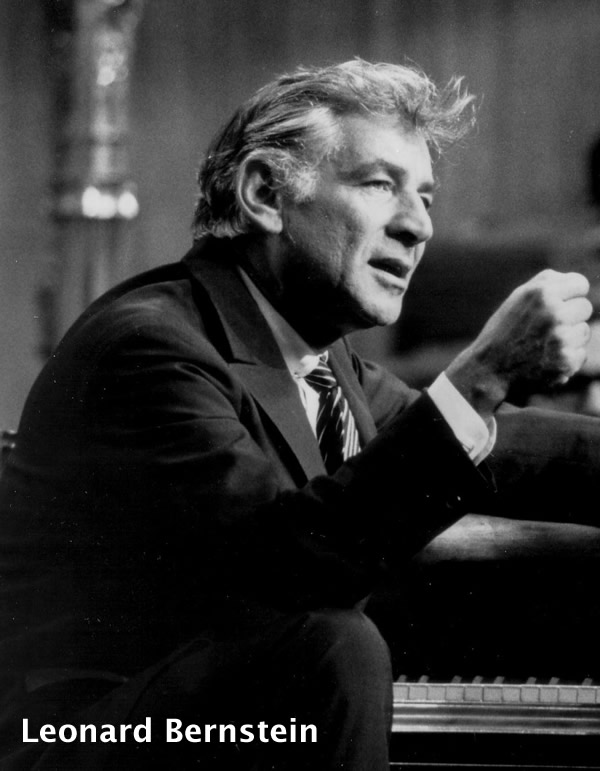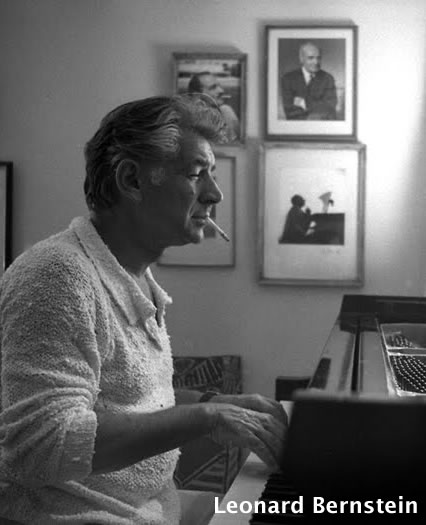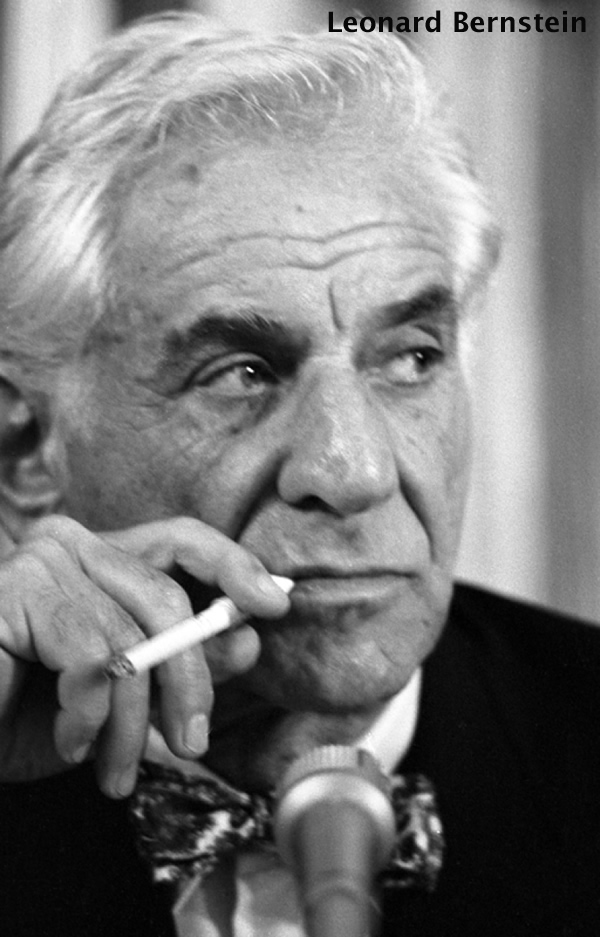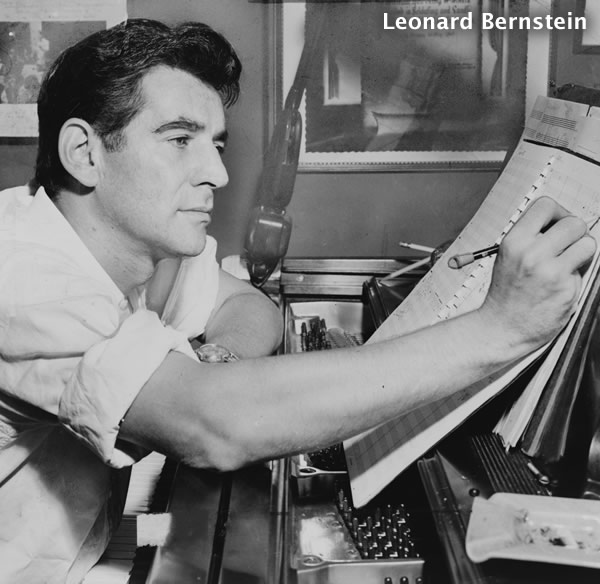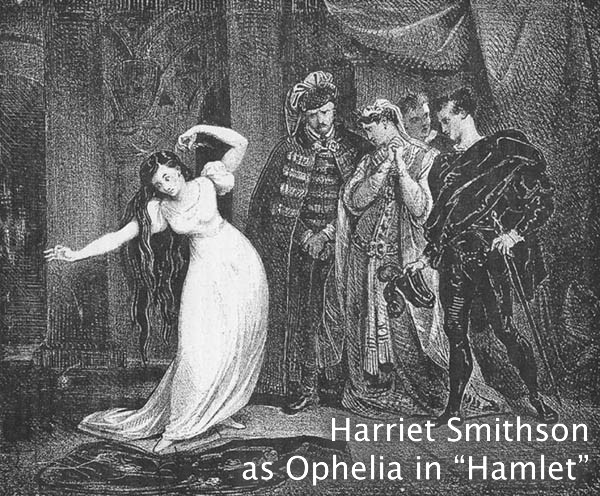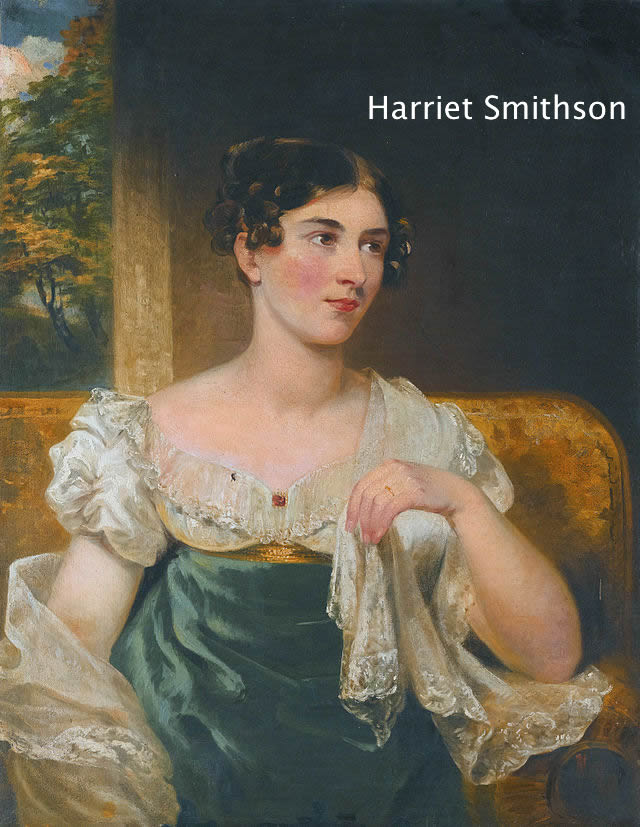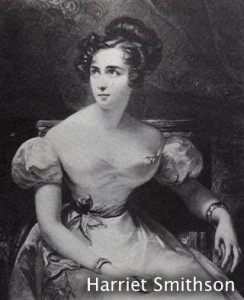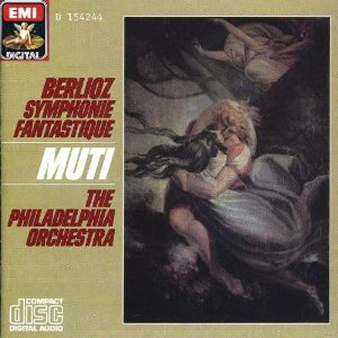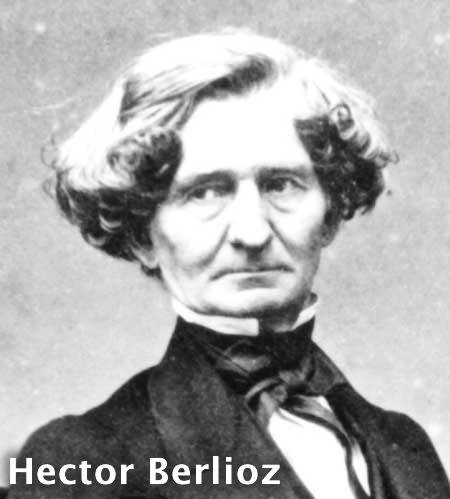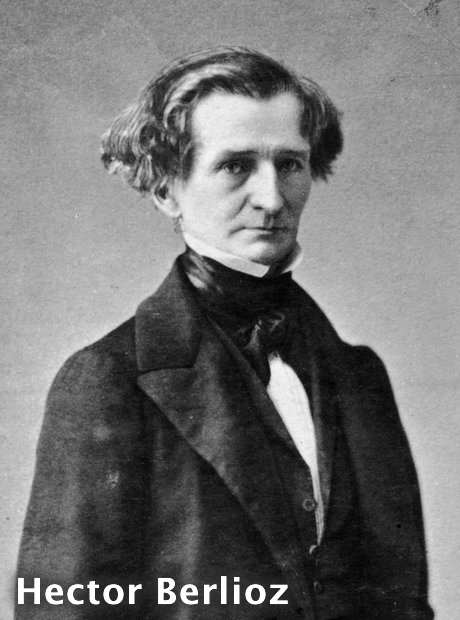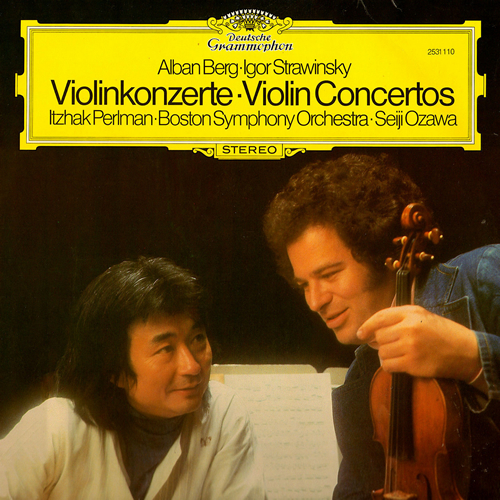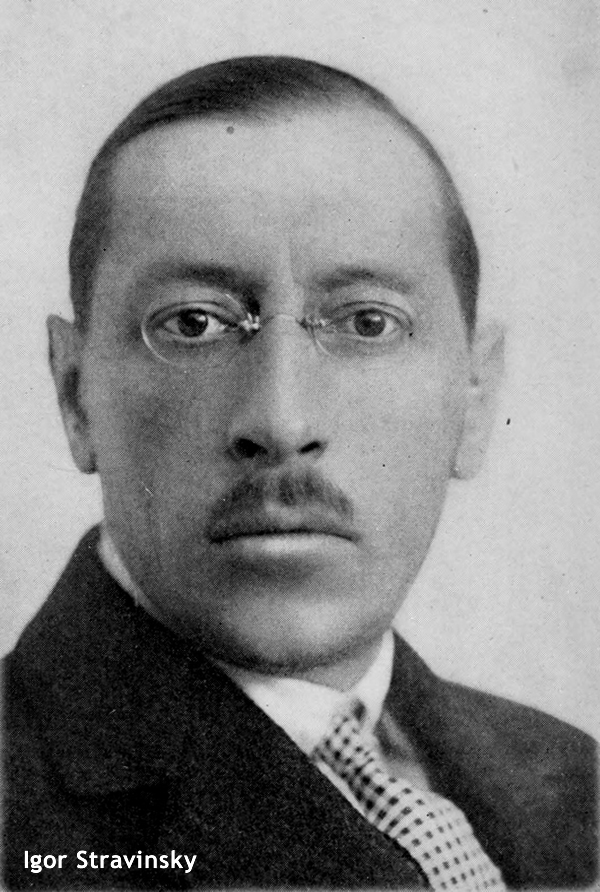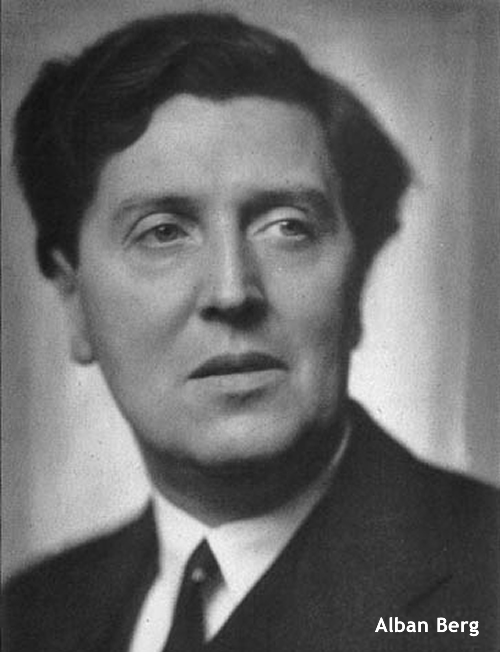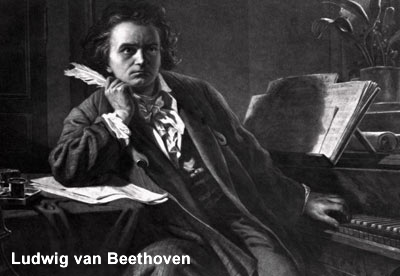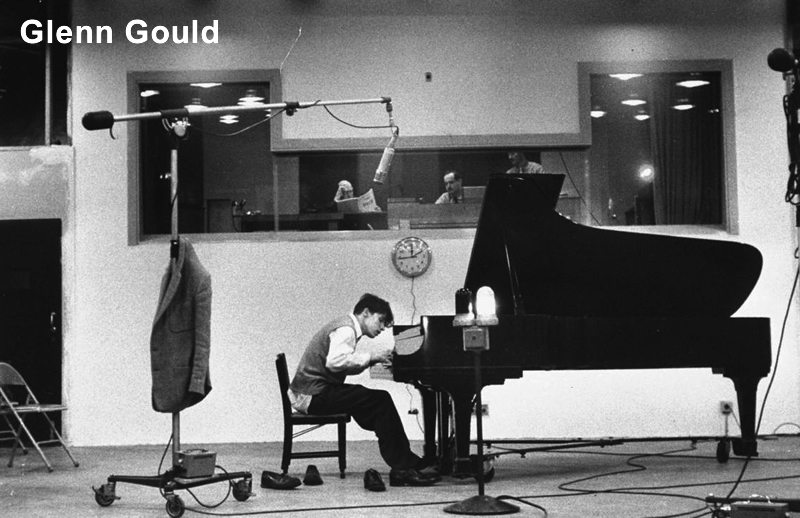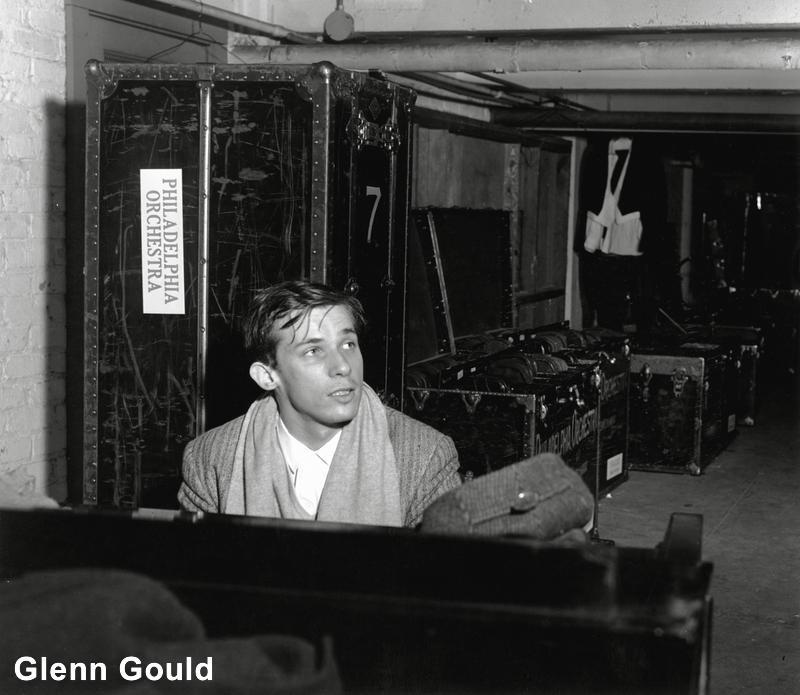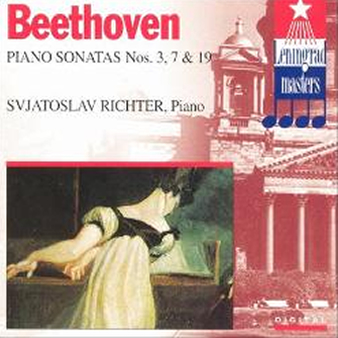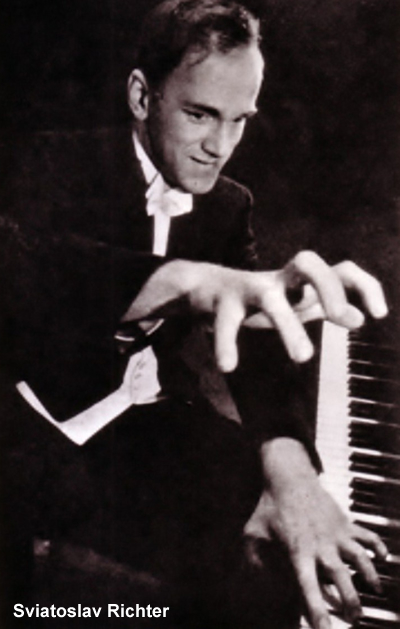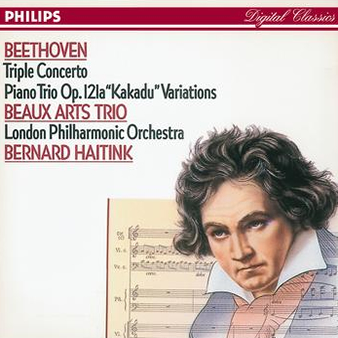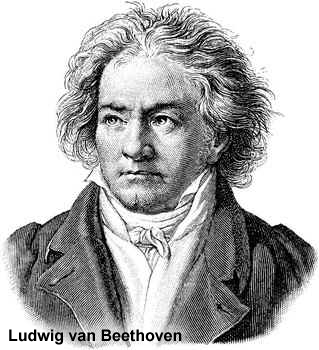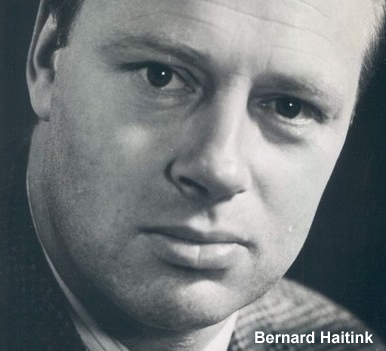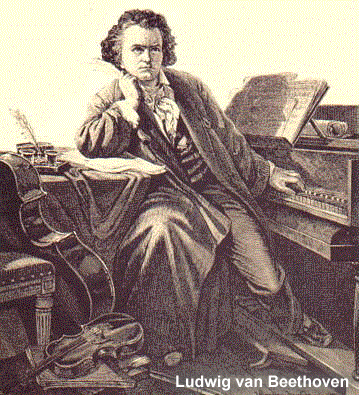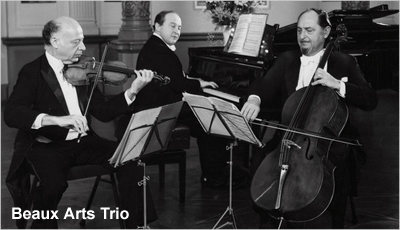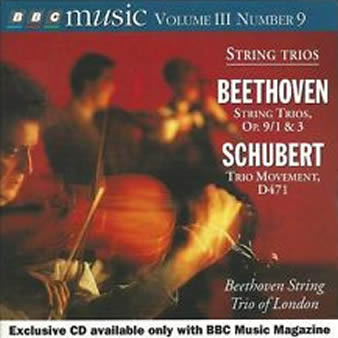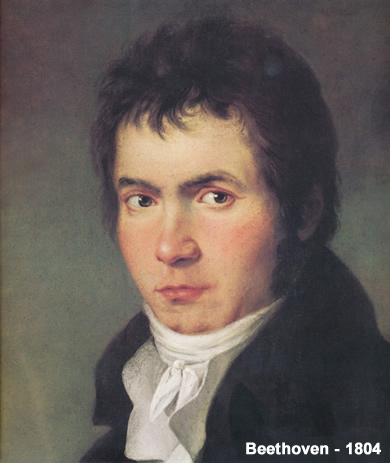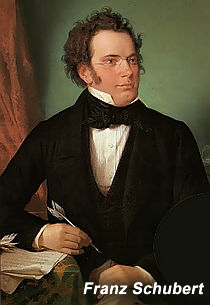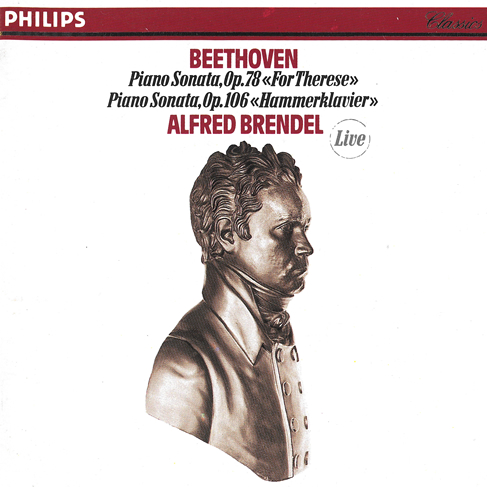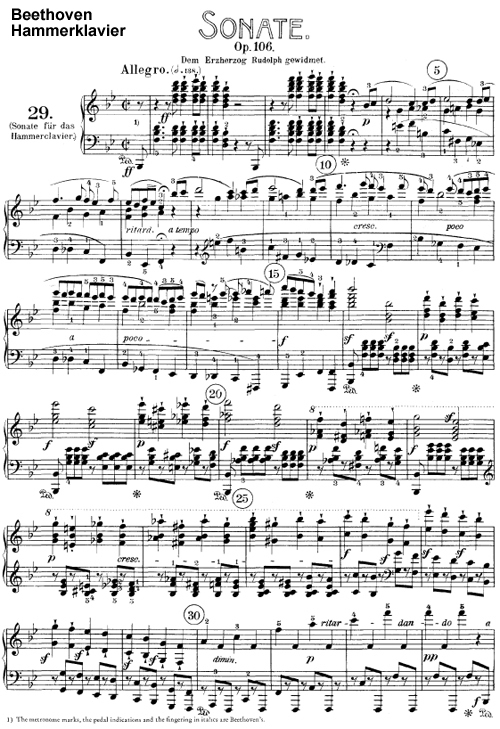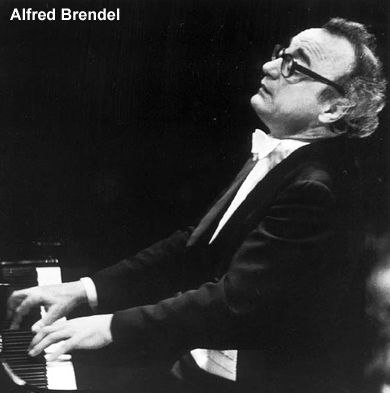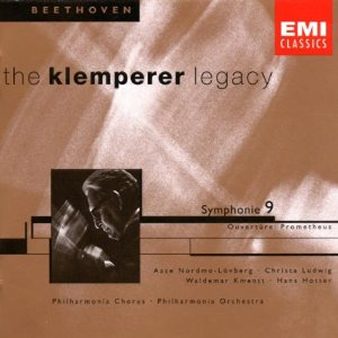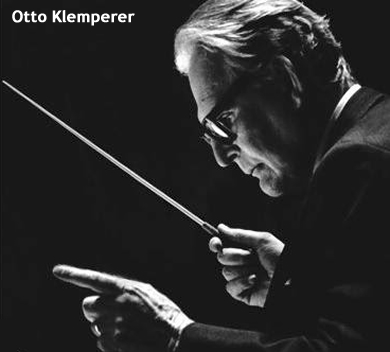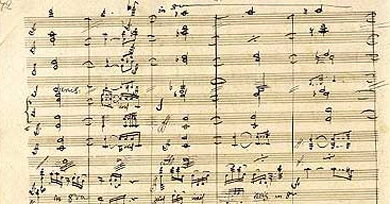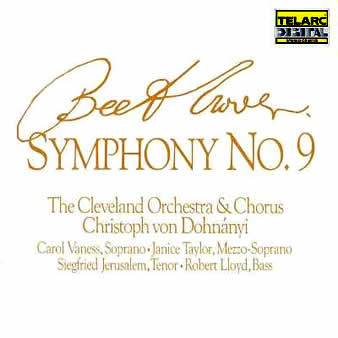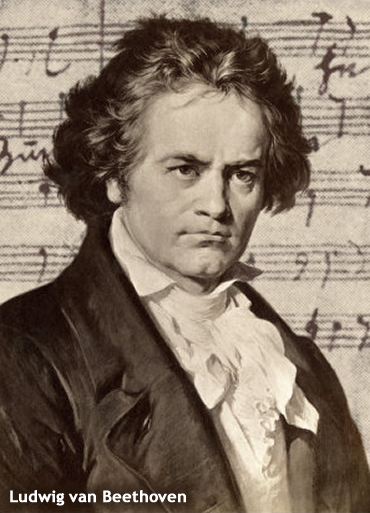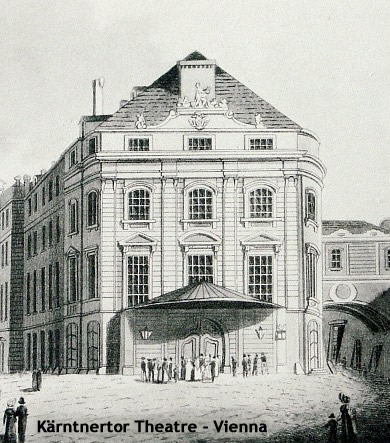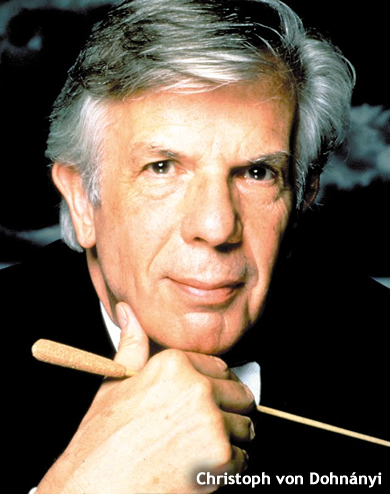Symphony No. 2 in D Major, Opus 73
Akademische Festouverture, Opus 80
New York Philharmonic, Kurt Masur – Conductor
Recording Location: Avery Fisher Hall, New York (1-4 February 21-24, 1992; 5 December 1992)
ONE-SENTENCE REVIEW:
Brahms #2 conducted by Herr Kurt – what’s not to like?
ORIGINAL LINER NOTES (by Jim Svejda, 1992):
SYMPHONY NO. 2 IN D MAJOR, OPUS 73
For more than twenty years Johannes Brahms tried his hand of the symphonic genre without having to face the dreaded prospect of actually writing a Symphony.
The two Serenades Opus 11 and Opus 16, the D minor Piano Concerto No. 1 and even A German Requiem contain the materials of his innumerable aborted attempts to assume the mantle that had been placed on his head years before he was willing to wear it.
“There are asses in Vienna who take me for a second Beethoven,” he once said to his friend, the conductor Hermann Levi. “You don’t know what it means to the likes of us when we hear his footsteps behind us.”
A musical conservative who was determined to follow in the line of Haydn, Mozart, and his great idol, Brahms was unwilling to risk a direct comparison with Beethoven until he felt fully ready. He would not publish a string quartet until he was forty, and his long-rumored, eagerly awaited First Symphony would not be performed until November 4, 1876.
With the Symphony’s agonizing gestation behind him and the work launched with considerable success – following the premiere in Karlsruhe, members of the orchestra thanked him for proving that Beethoven had not necessarily said the final word on symphonic form – Brahms would dash out the Second Symphony during the summer of the following year.
Written in Portschach, an enchanting Austrian resort village on the shores of the Worthersee, the new symphony apparently gave its composer little trouble, a fact the modest Brahms attributed to the beauty of his surroundings.
By mid-summer work was proceeding so well that he could afford to write teasing, self-mocking letters to his friends. “You have only to sit at the piano,” he instructed Elisabeth von Herzogenberg, “put your small feet on the two pedals in turn, and strike the chord of F minor several times in succession, first in the treble, then in the bass (ff and pp), and you will gradually gain a vivid impression of my “latest.”
The musical and emotional resemblance of Brahm’s Second Symphony to Beethoven’s “Pastoral” has not been lost on listeners over the years, any more than it was on the audience which heard it for the first time on December 30th, 1877 at a Vienna Philharmonic concert conducted by Hans Richter.
Brahms ardent champion, the powerful Viennese critic Eduard Hanslick could report: “Seldom has there been such a cordial public expression of pleasure in a new composition. Brahams’s Symphony No. 1 was a work for earnest connoisseurs capable of constant and microscopic pursuit of its minutely ramified excursions, the Symphony No. 2 extends its warm sunshine to connoisseurs and laymen alike.”
For all its outward geniality, the lengthiest of Brahms’s symphonies is a work which conceals unexpected depths of seriousness and dark introspection; and for all its apparent effortlessness, it is one of the most rigorously organized of all Brahms’s works.
For instance, almost all of the Symphony’s thematic material grows from the simple three-note figure in the cellos and basses heard at the beginning of the opening Allegro non troppo. Several preliminary transformations of this motif lead to the flowing theme in the first violins which launches the first movement proper. A secondary theme, again derived from the three-note kernel and tinged with unfulfillable longing, is heard in the cellos and violas.
The dark voices of the cellos also dominate the opening of the Adagio non troppo, one of the most sorrowful major key movements in the symphonic literature. The horn, flutes and oboes take up the cellos’ song, reshaping it into a second theme which, with the first, undergoes an expansive and luxuriant development.
In place of the traditional Scherzo, the Symphony’s third movement is a curious hybrid structure perhaps best described as an Intermezzo in Scherzo form. The delicately scored principal theme alternates with two faster episodes of exceptional grace and lightness; all are thematically related and all derive from the Symphony’s germinating three-note cell.
A reference to the same motto begins the energetic Finale. Three principal themes are presented, developed, altered and reconfigured in rapid succession. While this good-natured cascase of notes is in fact one of the most intricately worked-out of the composer’s inventions, most attempts at closer analysis are usually swept away by the blaze of D major sunlight in which the Symphony ends.
ACADEMIC FESTIVAL OVERTURE, OPUS 80
When the University of Breslau conferred an honorary doctoral degree on Johannes Brahms in March of 1879, they expected – at very least – a symphony from the grateful composer.
The composer, who had become a proficient pianist in some of the more fashionable establishments of the red-light district in Hamburg, decided to return the favor with what he called “a jolly potpourri of student songs a la Suppe.”
Written in 1880, the same year which saw the composition of the grimly serious Tragic Overture, his “Suppe Potpourri“ reveals a side of Brahms’s musical personality which he rarely displayed. For apart from the Finale of the Second Symphony, a few of the songs, and the virtually unknown Triumphlied – a festive occasional work written to celebrate the German victory in the Franco-Prussian War – the Academic Festival Overture is one of that handful of pieces in which Brahms abandons his celebrated mood of “autumnal melancholy” and gives his considerable sense of humor free reign.
While the Overture most certainly is a “jolly potpourri” based on four traditional German university songs, it has little in common with Suppe’s irresistible, but feather-weight Light Cavalry or Poet and Peasant. It is a superbly fashioned and amusingly “academic” sonata-allegro movement which both impressed and befuddled the University’s Rector, Senate and Faculty when Brahms presented it to them on January 4th, 1881.
The pompous introduction, in which the surly mutterings of bearded professors might be heard, concludes with a hymn-like setting of the first of the Overture’s principal themes, “Wir hatten bebauet ein staffliches Haus,” a song whose revolutionary sentiments caused it to be banned in Germany throughout much of the 19th century.
Two dramatically contrasting themes are now introduced: the patriotic “Der Landesvater,” first heard in the second violins, and the comic Freshman hazing ditty – whose presence in the Overture scandalized its first audience – “Was kommt dort von der Hoh?” – announced by a pair of jovial bassoons.
A brief development of all the major themes leads to a magisterial coda based on the celebrated “Gaudeamus igitur,” which Brahms decks out in the most resplendent orchestral fabric he would ever employ.
Curiously enough, Brahms despised the title of the piece. For years he tried to think of something better than Academic Festival Overture, but apparently never could.
TRACK LISTING:
- 1-4: Symphony No. 2 in D Major, Opus 73 [39:38]
- 5: Akademische Festouverture, Opus 80 [9:38]
FINAL THOUGHT:
Fantastic performance and recording – but really, I’m just doing time until we get to my favorite Brahms symphony – No. 3!
 Emily Sachs – President – Manka Music Group (A division of Manka Bros. Studios – The World’s Largest Media Company)
Emily Sachs – President – Manka Music Group (A division of Manka Bros. Studios – The World’s Largest Media Company)


